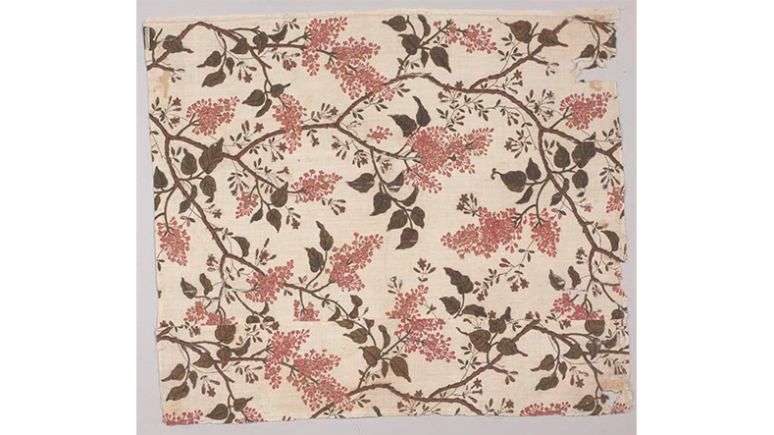Fellowship Year: 2003
Project Title: Chemistry in Fashion: The French Textile Printing Industry 1759-1820
Chemistry in Fashion: The French Textile Printing Industry 1759-1820
Martinsen’s research begins in 1759, the year in which a national ban on printed textiles was lifted. This led to an enormous boom in the French textile industry, with everyone from craftspeople to academics too early scientists developing new designs and methods of dyeing and printing to meet the demand for printed cotton textiles. Her analysis derives from the French chemist Claude-Louis Berthollet’s description of dyeing in his book, Elements of the Art of Dyeing, and two textile printers Christophe-Philippe Oberkampf and Jean-Michelle Haussmann.Martinsen investigated the close link between advances in applied chemistry and the rapid growth of the French textile production over this period, and how the craft-based tradition of French textiles shifted to a science-based industry. She sought to establish “a code of visual indicators that can be recognized in finished textiles and use them as a tool for distinguishing dyestuffs, bleaching methods, and the technology utilized in the production of these textiles.”
About the Fellow:
Hanna Martinsen trained as an arts and crafts teacher in Norway before receiving degrees in textile engineering and art history in Sweden. Prior to her time as a Gervers fellow, her research focused on the methods of printing textiles in 17th and 18th century France, and how they were affected by advances in technology and chemistry.
Hanna Martinsen trained as an arts and crafts teacher in Norway before receiving degrees in textile engineering and art history in Sweden. Prior to her time as a Gervers fellow, her research focused on the methods of printing textiles in 17th and 18th century France, and how they were affected by advances in technology and chemistry.
Related Publications: 4 May 2012: Printed Textiles: An Old Technology, the Challenge from India and the European Response with Hanna Martinsen. At the ROM (Friends of Textiles & Costume) http://costumesociety.ca/?p=486
4 May 2012: Printed Textiles: An Old Technology, the Challenge from India and the European Response with Hanna Martinsen. At the ROM (Friends of Textiles & Costume) http://costumesociety.ca/?p=486


![Furnishing fabric: "The Lion in Love or Leda" [Le lion amoureux ou Leda]. Jean-Baptiste Huet (French painter, 1745 - 1811) for Oberkampf. Jouy-en-Josas, France. 1809. Roller-printed cotton tabby. 934.4.528 Harry Wearne Collection, Gift of Mrs. Harry Wearne.](https://www.rom.on.ca/sites/default/files/styles/gallery_carousel/public/martinsen_2003_2.png?itok=0LcRMuzJ)